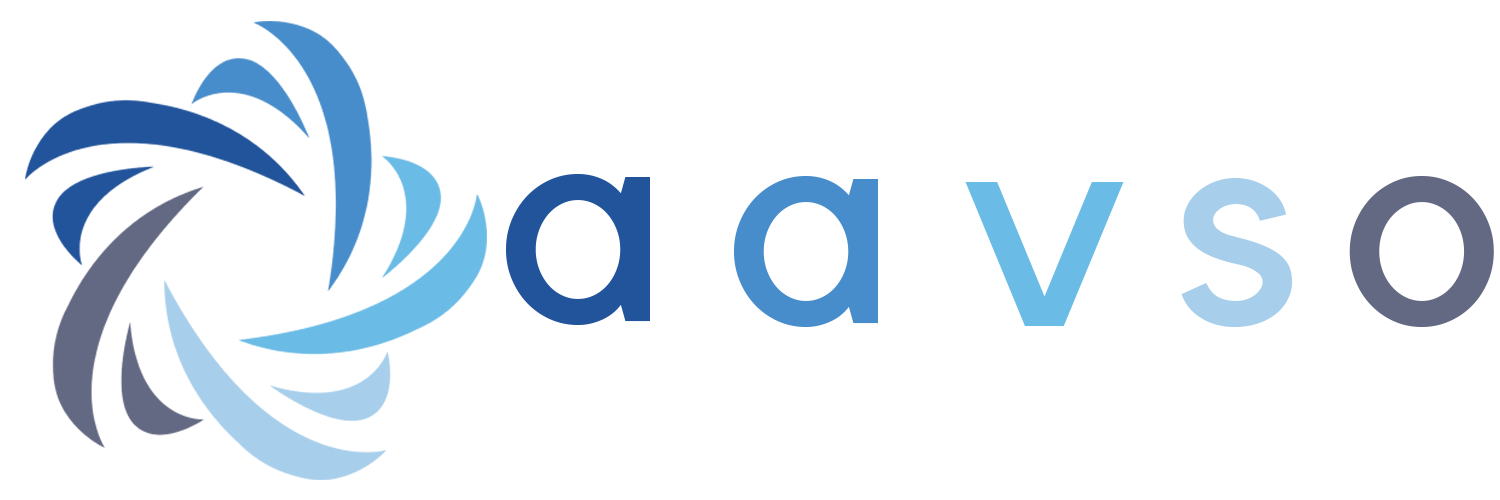AAVSO Observer Code
VAQA
Affiliation
American Association of Variable Star Observers (AAVSO)
Full Name
Alberto Vodniza
Location
Pasto, Narino, CO
Background/Interesting Fact
The Professor Alberto Quijano Vodniza got a Bachelor’s Degree on Physics and Mathematics from the University of Nariño and a Master’s Degree on Physics of the University of Puerto Rico. Nowadays he pursues a career as Associate Professor appointed for the Physics Department of the University of Nariño; he was dean of the Natural Sciences Faculty on year 2004 and he is the founder and director of the Astronomical Observatory of the University of Nariño, director of the research line on Astrophysics at the same University.The Astronomical Observatory of the University of Nariño was founded on March 2002 by Alberto Quijano Vodniza (Master’s Degree in Physics of the University of Puerto Rico), and built thanks to the immense support given by Dr. Pedro Vicente Obando (Rector: 1995-2004). Nowadays our Observatory operates at the permanent location built under the conduction of Dr. Jairo Muñoz (Rector: 2004-2007) and at present it gets support from the academic authorities at the University of Nariño. It has a dome of approximately 4.5 meters of diameter and a capacious auditorium. At this point in time we own the following instrumentation: A newtonian reflecting telescope MEADE f/4 of 16 inches, a 14 inches MEADE robotic telescope LX200GPS, a CGE Pro 1400 CELESTRON telescope (14 inches), two 8 inches MEADE robotic telescopes LX200GPS, a newtonian reflecting telescope CELESTRON of 8 inches – Dobsonian type, and a CORONADO solar telescope. We have several digital cameras and also a digital spectrometer SBIG, a high resolution spectrometer SHELYAK and a JOVE receptor for analysing the radio signals emitted by Júpiter and the Sun. Electronic Engineering students from the University of Nariño have completed the robotization of the 16’’ MEADE f/4 telescope. The images obtained are processed through specialized software with the purpose of getting correct photometric and astrometric measurements. The observatory is destined for professors and students’ scientific research. For the time being we have an internal club and we open our doors to all the educational institutions in the Department of Nariño.
The Astronomical Observatory’s Director is a member of the AMERICAN ASTRONOMICAL SOCIETY – AAS since 2007.
As a result of our research, we have published several books: “Obtaining of the Luminous Curve of Comet Hale-Bopp and Measuring of the Rotation Period Through the CCD Camera”; “Digital Astronomy”; “Design of An Experimental Method for Measuring Stellar Temperatures Through the CCD Camera and Spectrometry”; “Obtaining of the Luminous Curve of the Comets C/2002T7 Linear, C/2001Q4 Neat, and Spectrometry of C/2001 Q4 Neat”.
We have participated on several international meetings as speakers.
http://adsabs.harvard.edu/cgi-bin/basic_connect?qsearch=vodniza&version=1
One of the most important goals of our Observatory is having actively participated in the project “DEEP IMPACT” of NASA. As a result of this scientific event, a book was published in Germany. The book includes the lectures and research papers of the Scientific Congress that gathered theoreticians and observers from many nations, intending to make a full utilization of the observational data set captured from the Earth. The research we presented at this important meeting in 2006 was published in October 2008 in GERMANY by the internationally recognized publishing company “SPRINGER-VERLAG” on the Congress’ namesake book “Deep Impact as a World Observatory Event: Synergies in Space, Time, and Wavelength”. Our work appears with the name “THE DEEP IMPACT EVENT AS SEEN FROM THE UNIVERSITY OF NARIÑO OBSERVATORY”.
Our Astronomical Observatory has also distinguished for having photographed a lot of Asteroids, many of them supremely weak on brightness. In the year 2008 our Observatory received the international code “H78” from the MINOR PLANET CENTER of USA , by providing this institution with high quality scientific data of asteroids as well as of comets, and we are the only Colombian observatory to own such code: It’s an international accreditation earned by the Astronomical Observatory of the University of Nariño.
The Astronomical Observatory’s Director is a member of the AMERICAN ASTRONOMICAL SOCIETY – AAS since 2007.
As a result of our research, we have published several books: “Obtaining of the Luminous Curve of Comet Hale-Bopp and Measuring of the Rotation Period Through the CCD Camera”; “Digital Astronomy”; “Design of An Experimental Method for Measuring Stellar Temperatures Through the CCD Camera and Spectrometry”; “Obtaining of the Luminous Curve of the Comets C/2002T7 Linear, C/2001Q4 Neat, and Spectrometry of C/2001 Q4 Neat”.
We have participated on several international meetings as speakers.
http://adsabs.harvard.edu/cgi-bin/basic_connect?qsearch=vodniza&version=1
One of the most important goals of our Observatory is having actively participated in the project “DEEP IMPACT” of NASA. As a result of this scientific event, a book was published in Germany. The book includes the lectures and research papers of the Scientific Congress that gathered theoreticians and observers from many nations, intending to make a full utilization of the observational data set captured from the Earth. The research we presented at this important meeting in 2006 was published in October 2008 in GERMANY by the internationally recognized publishing company “SPRINGER-VERLAG” on the Congress’ namesake book “Deep Impact as a World Observatory Event: Synergies in Space, Time, and Wavelength”. Our work appears with the name “THE DEEP IMPACT EVENT AS SEEN FROM THE UNIVERSITY OF NARIÑO OBSERVATORY”.
Our Astronomical Observatory has also distinguished for having photographed a lot of Asteroids, many of them supremely weak on brightness. In the year 2008 our Observatory received the international code “H78” from the MINOR PLANET CENTER of USA , by providing this institution with high quality scientific data of asteroids as well as of comets, and we are the only Colombian observatory to own such code: It’s an international accreditation earned by the Astronomical Observatory of the University of Nariño.
Website URL
https://observatorioastronomico.udenar.edu.co/


